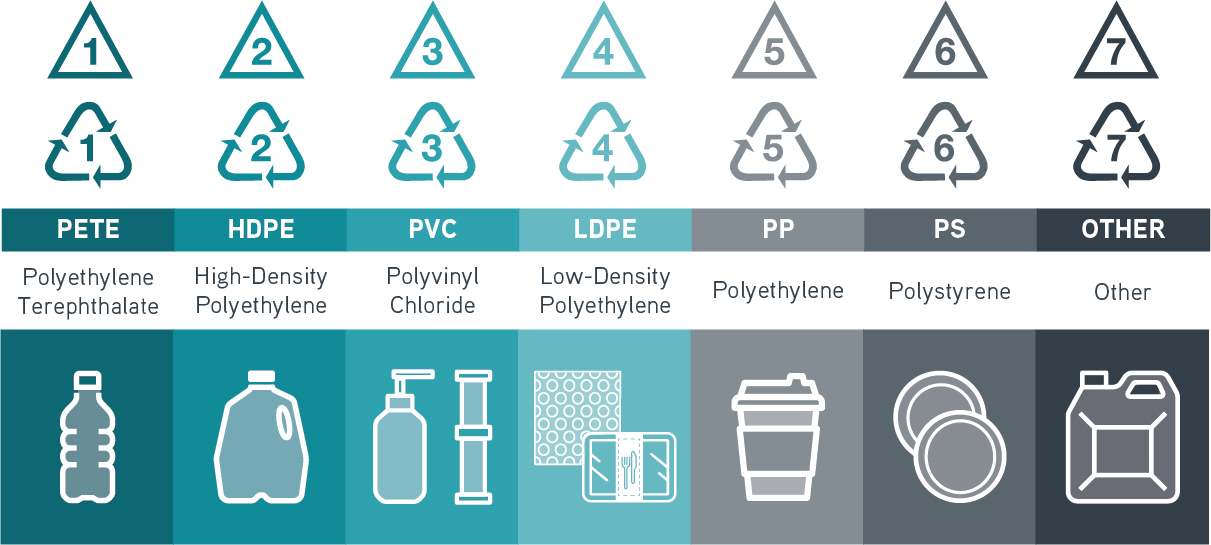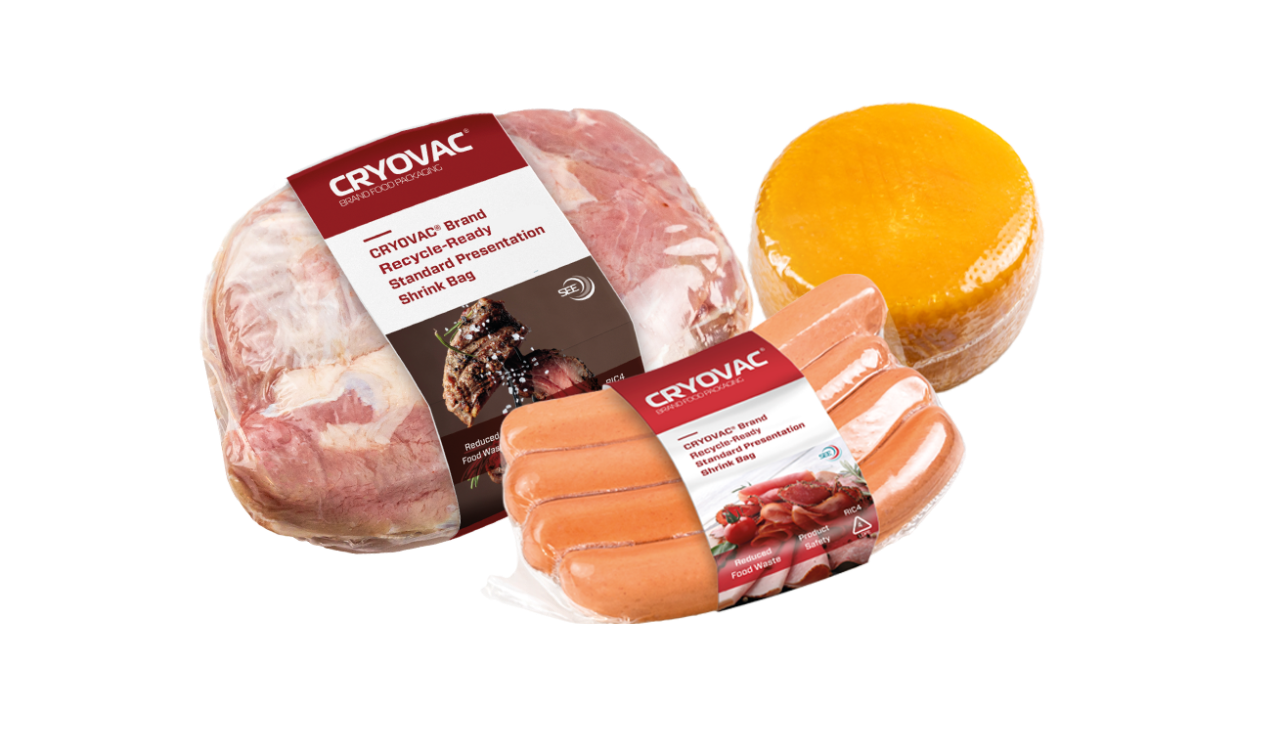
Recyclability Claims: What You Need to Know
There are four paths a package can take after serving its useful purpose: landfill/litter, composting, energy recovery/incineration or recycling. While a recyclability claim is commonly associated with what makes a package sustainable, recycling is just one part of a complex ecosystem that depends on a variety of factors including geography, consumer behaviour, collection processes, sorting processes, equipment and profitability.
Packaging recyclability claims that are unsubstantiated or misleading create risk ranging from consumer complaints and negative social media chatter to class action lawsuits and fines from governmental organisations. They can also lead to a weakening of the recycling infrastructure, a circumstance the global circular economy simply can't afford.
Getting recyclability claims right is easier than you think – but it pays to follow the rules. Here are some things you need to know:
Criteria for 100% Recyclable
To be considered 100% recyclable, we believe a packaging material or solution must meet all three of the criteria listed below. Click into each section for more detail.
Whether it’s picked up at the roadside or taken by the consumer to a central drop off, collection is the first step to recycling. Recycling systems vary greatly in terms of what they will take based on everything from the sorting equipment available at the material recovery facility (MRF) they work with, how much labour they are able to employ to pick up bins or sort by hand, and even the market price for bales of collected material to offset the cost of sorting.
Most council recycling programmes publish the types of materials they accept either as part of customer agreements, printed guides or on their websites. Based on a variety of factors, these rules can change from time to time – restricted items may still leave the kerb, but unknowingly to the consumer, it will end up in the landfill.
All this is to say, that regardless of the material type, it becomes the responsibility of the consumer to check the rules that govern the programme in which they participate, as well as to follow guidelines provided by standardised labels such as How2Recycle(H2R) in the USA, On-Pack Recycling Labels (OPRL) in the UK, or the Australasian Recycling Labels (ARL) in Australia and New Zealand.
While similar to some degree, labels and rules vary around the world and aren’t always easy to understand at a glance. That’s a lot for consumers to keep up with – and it’s one of the biggest reasons we encounter “wishcycling” – when consumers knowingly put something in the bin they may be unsure about, simply in the hope it gets recycled.
Now that most council recycling programmes offer mixed-stream recycling, where paper, glass, metals and plastics are collected in one bin, MRFs take on the critical role of sorting before items can move on to the actual recycling process.
Because the volume of waste can be high and the time to sort is so short, most modern MRFs automate the sorting process as much as possible with high-speed conveyors and screens, optical sorters and robotics.
While that’s great news for packaging made of paper, metals, or glass, the “need for speed” presents a particular challenge for plastic. Plastics that often look and weigh the same, may be constructed completed differently, so how they react during different stages of the sorting process will also vary.
To keep things simple and to protect the integrity of their recycling streams, most MRFs limit the types of plastic they accept, and only through improvement of the recycling infrastructure is that likely to change.
Recycling is the process through which materials are returned to some type of useful, marketable material. While there can be many ways to accomplish this task, two are of the most relevance to packaging: mechanical recycling and advanced recycling.
Mechanical recycling refers to operations that use processes such as grinding, washing, separating, drying, granulating and compounding as the means to create recycled materials. For plastics, while mechanical recycling preserves the molecular structure, in some cases the recycled material does not possess the same functional properties as the original.
This results in downcycling, or the need to use the recycled material in a different or lower-value application. Examples of downcycling include PET water bottles that are recycled into pellets used to make carpeting or synthetic fleece fibres; used printer or photocopy paper being recycled into corrugated cardboard; or glass containers that are recycled into fibreglass insulation or used as additives in concrete or ceramic tiles.
Where plastics are concerned, the highest volume of mechanically recycled packaging materials are standard formats such as PET bottles for water and soft drinks, and HDPE jugs for milk and juice. Beyond those applications, there is no standard for what type of resin can be used, so it becomes more challenging for recyclers to identify and separate plastics to keep recycling streams pure.
Maintaining the quality and integrity of recycling streams is critical to marketability and therefore profitability. Without market demand, reasonable margins or affordable pricing for recycled materials and the applications that use them, the entire recycling system will fail.
Complexity of the Plastic Recycling Ecosystem
With a start as early as the 1960’s, council recycling programmes as we know them today didn’t really gain scale until the 1990’s. During that same period, plastic packaging changed dramatically as well, moving from the easier-to-identify-and-recycle rigid plastics like PET(E) and HDPE to include a broad range of performance plastics like flexible LDPE films, PVC, PP or PS.

In 1988, about the time council recycling programmes began to gain scale, the Plastics Industry Association (at the time known as the Society of the Plastics Industry) developed resin identification codes (RIC, as shown in the graphic above) to “provide a consistent national system to facilitate recycling of post-consumer plastics".
When first introduced, RIC symbols featured the universally recognised recycling symbol known as the “chasing arrows” to contain the resin type identification number. And, while those chasing arrows were intended only to facilitate the sorting process prior to recycling, the general public misinterpreted the symbols and began associating them directly with recyclability.
Currently, ASTM International maintains upkeep of the RIC graphic standards. While they officially replaced the chasing arrows with a solid triangle in 2013, following these standards remains voluntary, and use of the chasing arrows remains prevalent. For packaging in particular, keeping up with changing voluntary standards can be challenging – as the replacement of a die or injection mould is often determined to be cost prohibitive for such a small change.
Because RICs were never developed with brand owners or consumers in mind, claiming recyclability based on RIC alone is not enough. In today's environment, regardless of the material type, it becomes the responsibility of the consumer to check the rules that govern the programme in which they participate.
That's why we recommend use of standardised labels such as How2Recycle(H2R) in the USA, On-Pack Recycling Labels (OPRL) in the UK, or the Australasian Recycling Labels (ARL) in Australia and New Zealand.
And it’s also why we take the position that when it comes to recycling plastic packaging, the proper instruction to consumers always starts with “check locally”.
Innovation and Infrastructure
For more than twenty years until 2018, China accepted nearly half of the world’s recyclable waste, including 95% of the plastics collected in the EU and 70% from the USA. But when quality problems and contamination of their recycled materials caused a significant decline in market value, China instituted “National Sword”, a policy that banned the import of most plastics and other materials headed for their recycling processors.
Prior to 2018, as the use and development of flexible plastic packaging skyrocketed, governments worried little about the need to build their own infrastructure to recycle it. At the same time, most consumers had no idea that the materials they put out at the kerb eventually went overseas.
The good news is, that countries that may have once relied on exporting recyclables to China are now investing in and enhancing their own infrastructure. For example:
- Research conducted by the Materials Recovery for the Future project in 2020 showed that state-of-the-art optical sorting and peripheral systems are significantly improving the capture rate and quality of recycled flexible plastic packaging.
- Advanced recycling, also called chemical recycling uses pyrolysis to create plastic with performance properties equal to virgin plastics that can be used for the exact, same application from which they came – including being clean enough to be used in direct contact with food.
- Industry associations are conducting initiatives focused on improving the process of recycling PE films, recycling post-industrial food packaging, or using recycled plastic content in products like asphalt.
While all these technologies are still in developmental stages, they are just part of how Sealed Air and our industries are working together to create more and better recycling solutions.

Why We Call It "Recycle-Ready"
We define recyclability as the likelihood that a material will be collected, recycled, and then made into a new, commercially viable product. Given the current state of the recycling ecosystem around the world – that's just not as easy or straightforward as it should be.
We understand that political climate, NGOs or comments on social media often put pressure on an industry for change – but Sealed Air will not take a shortcut that could put the progress we've made at risk.
The term “recyclable” has criteria associated with it that we observe to ensure the purity, quality and market value of our recycling streams. And, while we will continue to develop and introduce new products with recyclability in mind, we acknowledge the infrastructure may not be ready to accommodate these innovations just yet – so we send them to market as “recycle-ready.”
As soon as these materials meet all criteria to be labelled 100% recyclable, we will happily update the claim.
